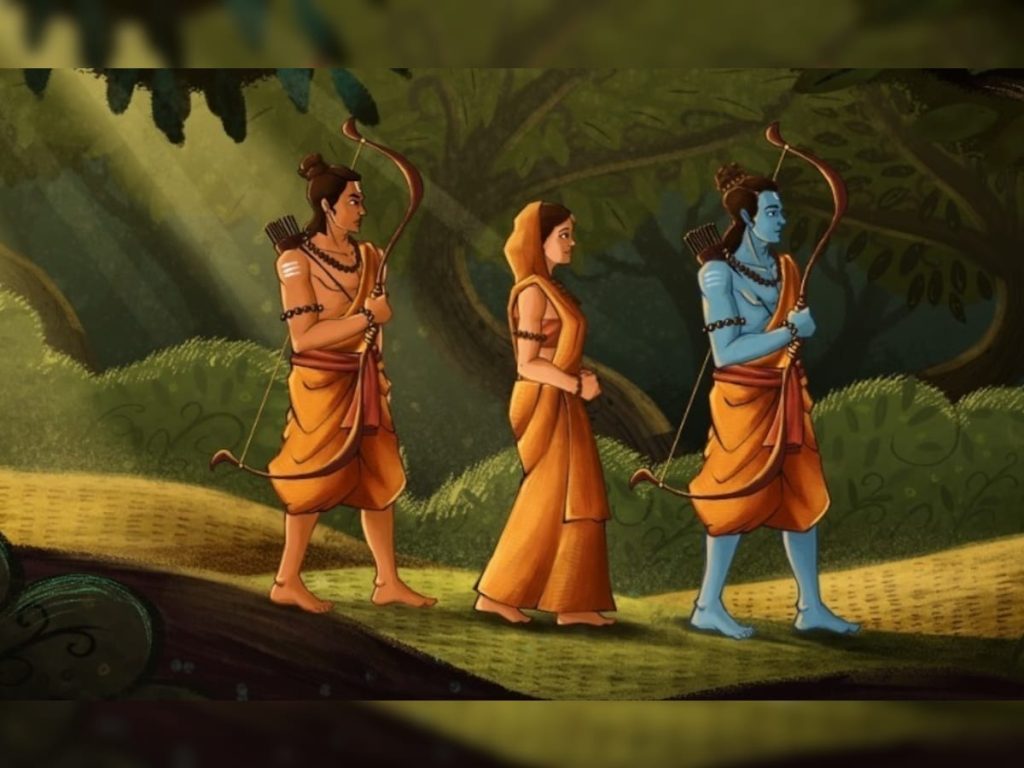January 23, 2024
Exploring the Diverse Narratives of Ramayana Beyond Ayodhya
Introduction:
• Devdutt Pattanaik sheds light on the rich tapestry of Ramayanas that extend beyond the commonly known versions, emphasizing the diversity of narratives that have emerged over the last 2,000 years. In this exploration, we discover over a dozen retellings, each with its unique twists and interpretations, showcasing the dynamic nature of the ancient tale.
Multiplicity of Ramayanas:
• Pattanaik highlights the dominance of the 16th century Ramcharitmanas in the political landscape but urges equal respect for the numerous Ramayanas composed outside the Hindi belt. These narratives offer a broader perspective on the epic’s interpretation.
Evolution of Characters:
• Through various Ramayanas, the evolution of characters unfolds. In the Vishnu Purana, all brothers are considered forms of Vishnu, while later interpretations, like the Adhyatma Ramayana, assign distinct identities to each brother. This demonstrates the dynamic nature of the narrative over centuries.
Dramatic Variations:
• The article delves into the dramatic variations present in different Ramayanas. The Shankara and Prakash Ramayanas written in Kashmiri present a unique perspective, suggesting that Sita was initially Ravana’s daughter. Such variations showcase the adaptability of the Ramayana narrative across regions and cultures.
Love Story in Mahaviracharitra:
• Bhavabhuti’s 8th century Sanskrit play, Mahaviracharitra, introduces a romantic angle to Ram and Sita’s relationship, presenting them meeting in a garden before the iconic bow-breaking scene. This deviation adds complexity to Sita’s character and emotions.
Cultural Influences in Tamil Songs:
• The 7th century Tamil songs of Alwar poet-saints introduce a childhood incident where Ram playfully throws clay balls at Manthara. This cultural twist provides a unique perspective on the dynamics between the characters.
Jain Interpretations:
• The 3rd century Pauma Charitra of Vimalasuri, a Jain monk, introduces a Jain perspective where Lakshmana accidentally kills a monk. Ravana’s actions are driven by love, creating a different dynamic in the narrative.
Lakshman Rekha’s Late Creation:
• The concept of Lakshman rekha, familiar to many, is revealed to be a late creation, emerging in the 12th century Sanskrit Bhusundi Ramayana. This demonstrates the ongoing evolution and addition of elements to the narrative over time.
Regional Flavors:
• The article explores Ramayanas from different regions, including Burmese, Odia, and Gujarati versions, each adding unique elements to the story. These regional adaptations showcase the cultural diversity and creativity inspired by the epic.
Conclusion:
• Devdutt Pattanaik’s exploration of the diverse Ramayanas emphasizes the need to appreciate the richness of the narrative beyond the prevalent political discourse. The variations, reinterpretations, and regional adaptations reveal the enduring impact of Ramayana on diverse cultures and highlight its dynamic nature through the centuries.
January 30, 2025
January 20, 2025
January 14, 2025

